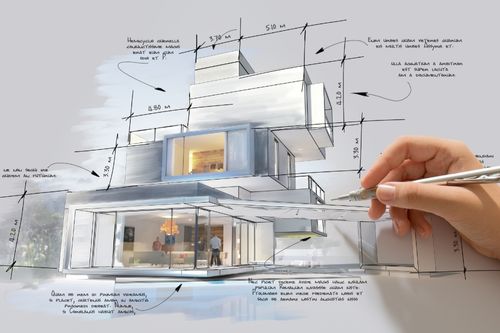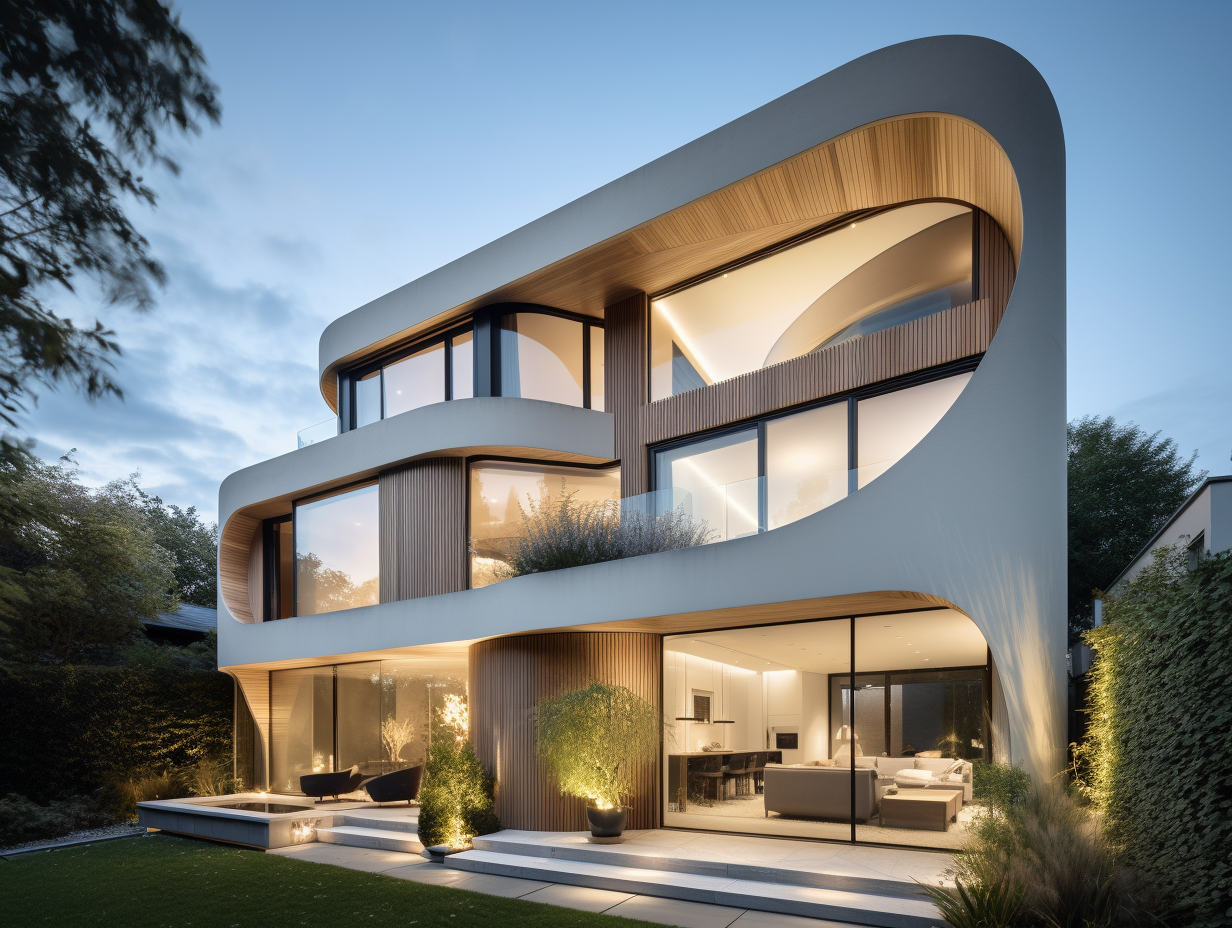Just How CDA Architects Provide Cutting-Edge Solutions for Sustainable Style
Just How CDA Architects Provide Cutting-Edge Solutions for Sustainable Style
Blog Article
Understanding the Collaborative Refine Between Architects and Designers in Modern Construction Projects
The collective process between engineers and designers is essential in modern building and construction jobs, as it harmonizes style intent with design expediency. This partnership not only influences the aesthetic and practical facets of a project but likewise plays an essential duty in dealing with sustainability challenges. By using reliable communication strategies and leveraging sophisticated modern technologies, such as Structure Information Modeling (BIM), teams can work extra cohesively. The ins and outs of this cooperation frequently existing distinct obstacles that can prevent development. Checking out these characteristics reveals understandings that can dramatically influence project results and general market criteria. cda architects.
The Significance of Collaboration
The collective harmony in between designers and engineers is vital for the successful awareness of any building and construction project. This collaboration brings with each other distinct know-how and viewpoints, allowing the integration of innovative layout with sensible design services. By working together, engineers and engineers can ensure that a project not only satisfies aesthetic and useful needs but also sticks to security, sustainability, and financial restraints.
Partnership cultivates a shared vision, helping with the placement of objectives and assumptions from the outset. This alignment is essential in addressing prospective difficulties and mitigating risks that can occur throughout the project lifecycle. Additionally, a collective approach permits for the reliable allowance of sources, optimizing both time and cost.
The significance of cooperation reaches the iterative procedure of style and building, where comments from designers can notify building choices, bring about even more viable and lasting designs. Conversely, designers can motivate engineers to think creatively concerning exactly how to achieve structural integrity without compromising creative intent. Eventually, the collective partnership between engineers and engineers is not just valuable; it is basic to the production of top notch, useful, and cutting-edge constructed environments that satisfy the demands of society.
Interaction Techniques and Tools
Effective interaction methods and tools are essential for fostering cooperation in between engineers and designers throughout the task lifecycle. Establishing clear channels of communication is vital to guarantee that all staff member are aligned with project goals, timelines, and responsibilities. Normal meetings, both in-person and virtual, provide chances for stakeholders to talk about progress, address problems, and make informed decisions.

Furthermore, adopting collaborative interaction tools, such as Slack or Microsoft Teams, enables instantaneous messaging, documents sharing, and recurring conversations, promoting a much more agile response to emerging concerns. Record administration systems additionally play an essential duty in organizing project paperwork, guaranteeing that all employee have accessibility to the most current info.
Shared Objectives and Project Vision
An unified job vision functions as the structure for effective partnership in between designers and engineers (cda architects). This shared vision not just straightens the initiatives of both parties but also establishes a typical framework for decision-making throughout the project's lifecycle. By articulating clear objectives, stakeholders can effectively browse the intricacies of modern-day building and construction jobs, making certain that both aesthetic and practical needs are met
Developing common objectives involves open dialogue and a detailed understanding of each discipline's contributions. Architects commonly concentrate on style intent, spatial partnerships, and individual experience, while designers highlight architectural honesty, systems functionality, and conformity with regulations. When these perspectives are straightened, the outcome is a cohesive project that sticks to both innovative aspirations and technological expediency.
Moreover, a distinct project vision cultivates responsibility amongst employee, motivating each participant to take possession of their function in achieving the desired end result. Routine check-ins and joint workshops can better enhance this commitment, enabling for changes to be made as the job develops. Ultimately, a common vision not just boosts team effort but likewise raises the top quality of the final deliverable, bring about successful task conclusion.
The Duty of Modern Technology
Leveraging technology has actually ended up being important in enhancing cooperation in between engineers and designers. The assimilation of sophisticated software program tools facilitates real-time communication and info sharing, enabling teams to function much more successfully and efficiently. Structure Information Modeling (BIM) sticks out as a crucial technology, enabling both engineers and designers to develop in-depth redirected here 3D versions that encapsulate design intent and architectural stability. This shared graph decreases misunderstandings and streamlines the decision-making procedure.
Moreover, cloud-based platforms allow seamless collaboration, allowing job stakeholders to access and update project information from anywhere. This fosters a society of openness and liability, as modifications can be tracked and evaluated in real-time. In addition, mobile applications further enhance interaction, offering on-site groups visit our website with instant access to task requirements and updates.
Emerging technologies such as expert system and artificial intelligence are likewise beginning to contribute in predictive analysis, helping groups recognize prospective concerns before they emerge. Ultimately, the function of modern technology in architecture-engineering collaboration not just enhances process efficiencies yet additionally enhances innovation, resulting in even more successful task outcomes. By welcoming these technological improvements, architects and designers can ensure a more cohesive and productive collective process throughout the building lifecycle.
Case Researches in Effective Partnerships
Many study highlight the profound influence of effective partnerships in between architects and designers on project end results. One notable example is the collaboration on the High Line in New York City, where landscape designers, engineers, and urban planners collaborated to change a deserted railway right into a vivid public park. This multidisciplinary technique not only enhanced the aesthetic quality but additionally ensured structural security and environmental sustainability.

The Burj Khalifa in Dubai further shows the relevance of collective efforts - cda architects. The integration of architecture and design knowledge made it possible for the job team to achieve extraordinary heights while adhering to safety and security laws and aesthetic vision
These instances emphasize the relevance of interaction, trust fund, and shared objectives. In today's complicated building atmosphere, such partnerships are important to browsing obstacles and delivering projects that meet both practical and visionary objectives.
Conclusion
In conclusion, the partnership in between engineers and my link designers is crucial for the success of modern construction projects. Efficient communication techniques, a common project vision, and the assimilation of advanced modern technologies are vital components that promote this collaboration.
Report this page